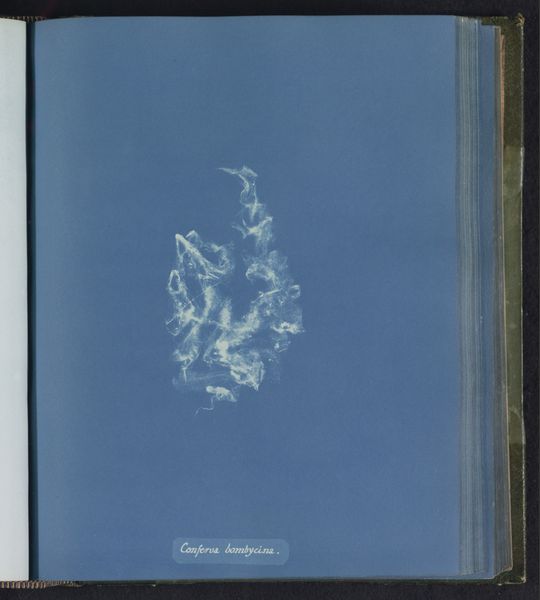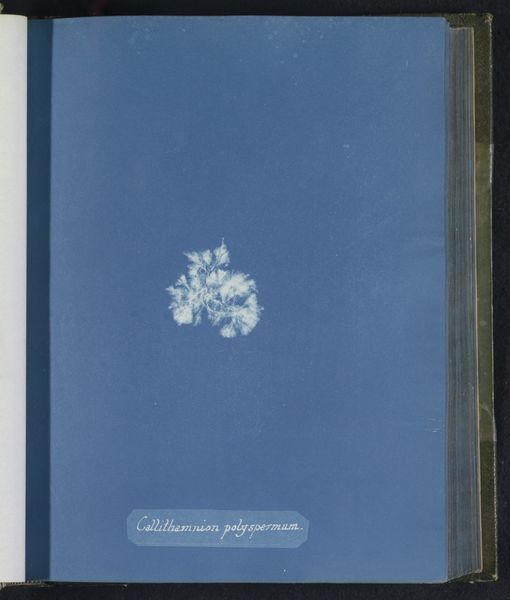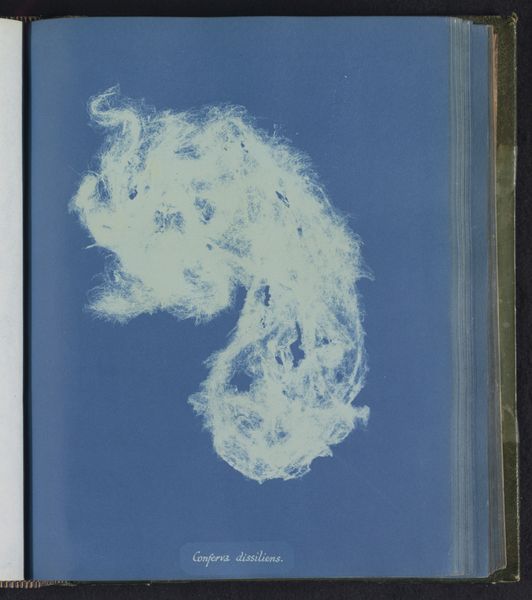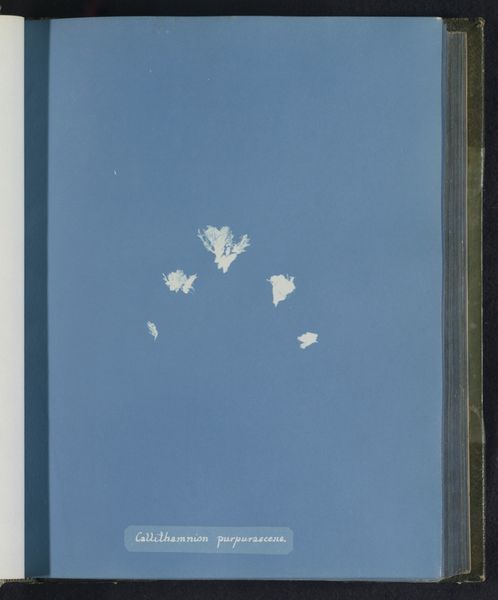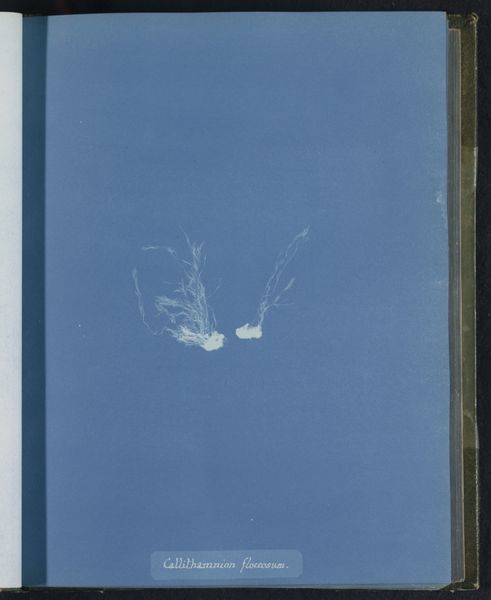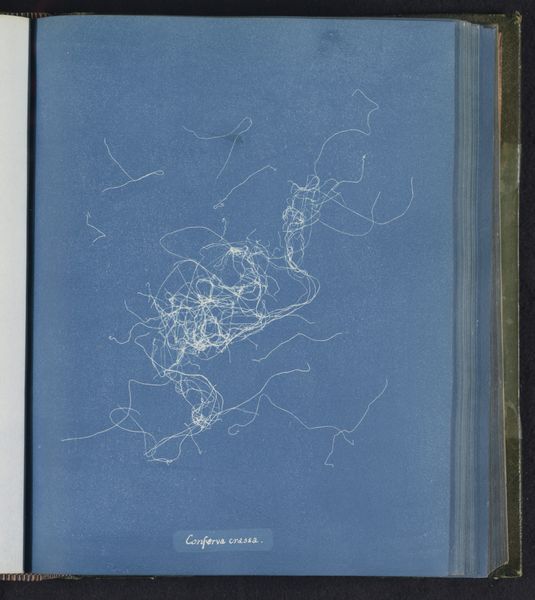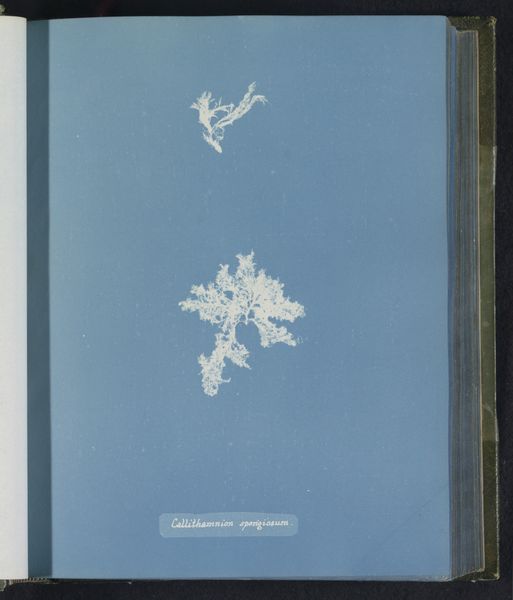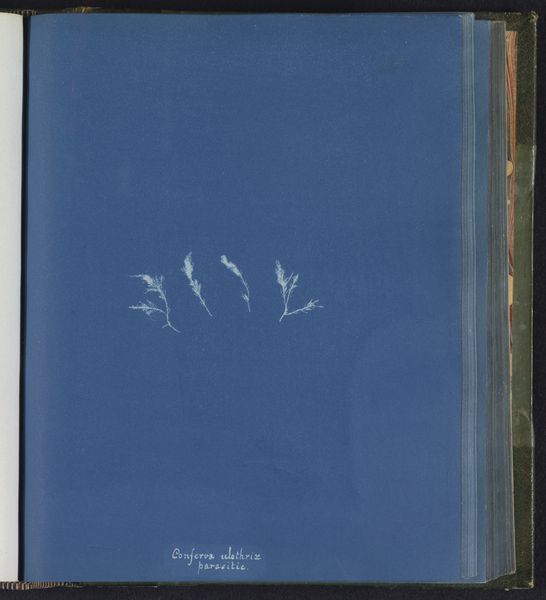
print, cyanotype, photography
# print
#
cyanotype
#
photography
Dimensions: height 250 mm, width 200 mm
Copyright: Rijks Museum: Open Domain
Anna Atkins made this cyanotype of Conferva Carparyi in the mid-19th century, using a process that merges science and art. The cyanotype process involves coating paper with light-sensitive chemicals, placing an object—in this case, seaweed—directly on the paper, and exposing it to sunlight. The result is a ghostly white silhouette against a deep blue background. This method, while simple, requires precise control and an understanding of chemical reactions. Atkins's work is significant because it utilizes photography not just for aesthetic purposes, but also for scientific documentation. This challenges the traditional hierarchy between art and science, and also fine art and craft. The painstaking labor involved in preparing the chemicals, carefully arranging the specimens, and controlling the exposure reflects a commitment to both accuracy and artistry. By embracing this new technology, Atkins paved the way for future generations of artists and scientists who blur the lines between disciplines, emphasizing that the act of making is crucial to understanding the world around us.
Comments
No comments
Be the first to comment and join the conversation on the ultimate creative platform.
